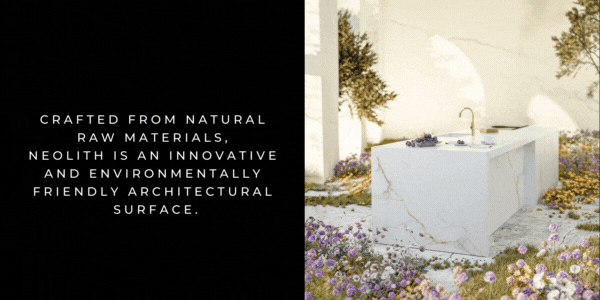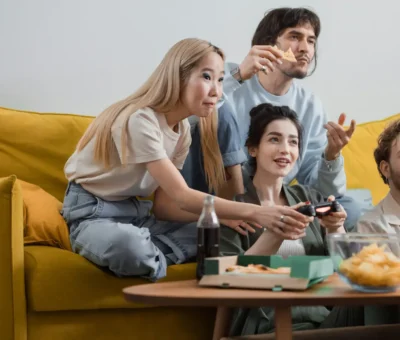Chair Crazy: The Psychology of Space
More and more people are looking at the design of their homes and offices through the lens of mental and spiritual wellness. This idea of the bond between interior design and our emotions is by no means a new idea. In fact, this form of environmental psychology has existed for thousands of years in systems such as Vastu Shastra and Feng Shui.
Vastu Shastra
The Vastu Shastra, literally translated to “science of architecture” is an ancient Indian science that is purposed to enhance abundance and prosperity by making auspicious buildings through the design, layout, measurements, ground preparation, space arrangement, and spatial geometry.
Vastu Shastras incorporate traditional Hindu and in some cases Buddhist beliefs. The designs are intended to integrate architecture with nature, the relative functions of various parts of the structure, and ancient beliefs utilizing geometric patterns, symmetry, and directional alignments.
Feng Shui
Similarly, the ancient Chinese notion of Feng Shui is a system of laws considered to govern spatial arrangement and orientation in relation to the flow of energy or chi, and whose favourable or unfavourable effects are taken into account when siting and designing buildings and when furnishing and decorating a home.
In Feng Shui, and even in modern design philosophy, the use of colour is as significant as the spacial design. The fact that colour can create or enhance certain emotion is so deeply rooted in our minds that we make use of them in our everyday communications. If we’re depressed, we often say we’re feeling blue, red with anger, green with envy, and sometimes we just like to think pink.
Currently, due largely to the rise of neuroscience, there has been a lot of research on this topic that has proven the ability of interior design elements to evoke positive or negative emotional responses in people. These findings open the door to design spaces that consciously manipulate decorative elements with the goal of encouraging creativity, productivity, peace and happiness.
Many objects and elements inside a house can have a significant impact on one’s mood. For example, how a space is lit is vitally important for the overall ambience. The most optimal lighting source is, of course, the sun, so the number, shape and size of the windows in the room can either enhance happiness, intensify sadness or increase anxiety. Naturally, this can also affect human performance and is an important rule to remember when designing an office space.
Another fine example is to do with the proximity of nature – i.e. plants and greenery. It has been proven that plants can improve one’s mood, concentration and even memory retention, since the sight and the presence of natural elements reduces stress.
Besides the elements already mentioned, the textures and shapes of the furniture in the house can also produce particular emotional responses. As practised in Feng Shui – the shapes and textures should represent natural elements (earth, water, wood, metal and fire).
Chair Crazy stocks a wide range of options for you to choose from in order for you to furnish your home in the style you choose.
According to Feng Shui, wooden elements are linked to health and personal growth.
For more visit Chair Crazy.
You might also like...
-
Refresh Your Home with Expert Upholstery Cleaning Tips

Sofas and chairs absorb daily wear in the form of coffee dribbles, pet hair, and errant popcorn kernels. Instead of hiding the evidence under ...
-
Discover Classic Revivals: A Benchmark for Timeless Design

With a legacy spanning more than six decades, Classic Revivals has become South Africa’s benchmark for bespoke furniture and timeless design. Established in the early ...
-
Inside the Future of Design: An Interview with Karin Cawthorne from KARE Design

We recently sat down with Karin Cawthorne from KARE Design to chat about what the world of international design has in store for the ...





























